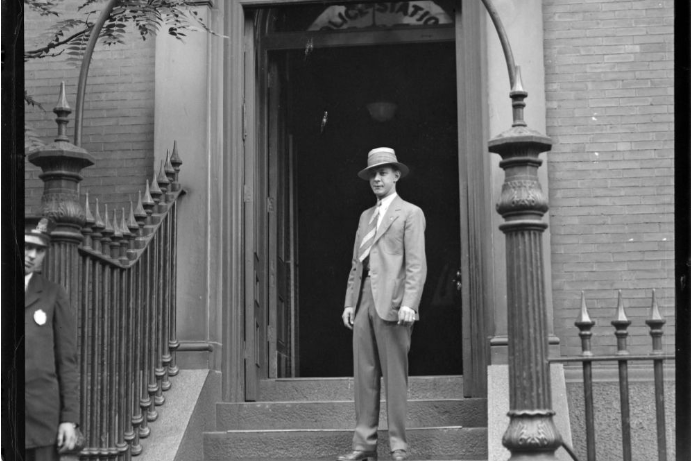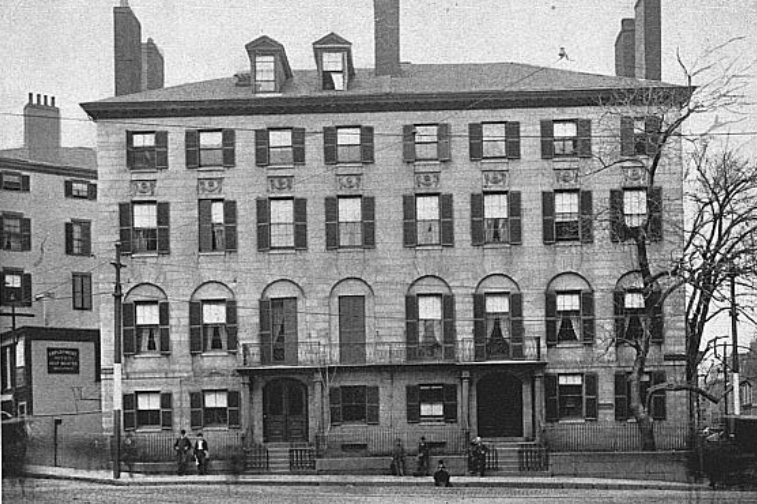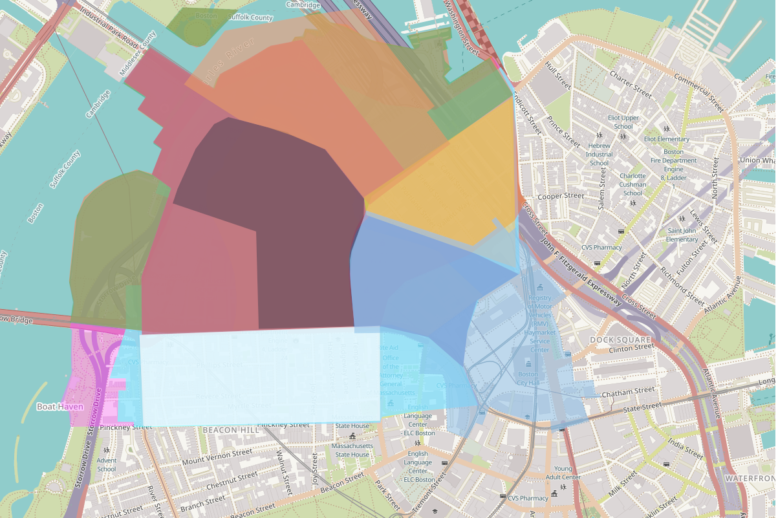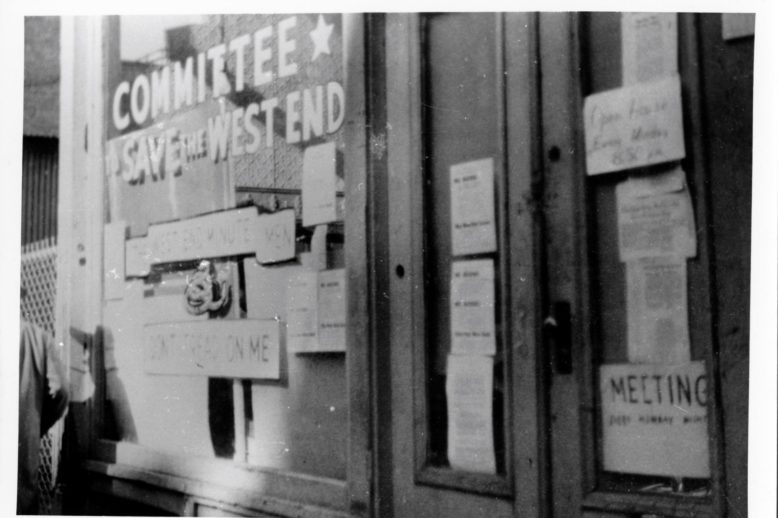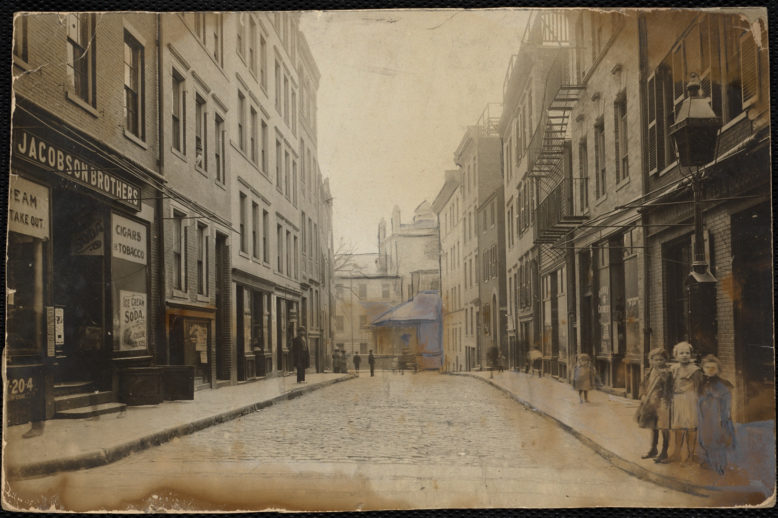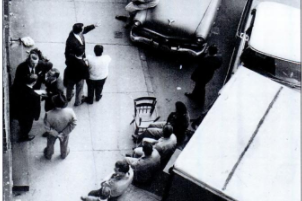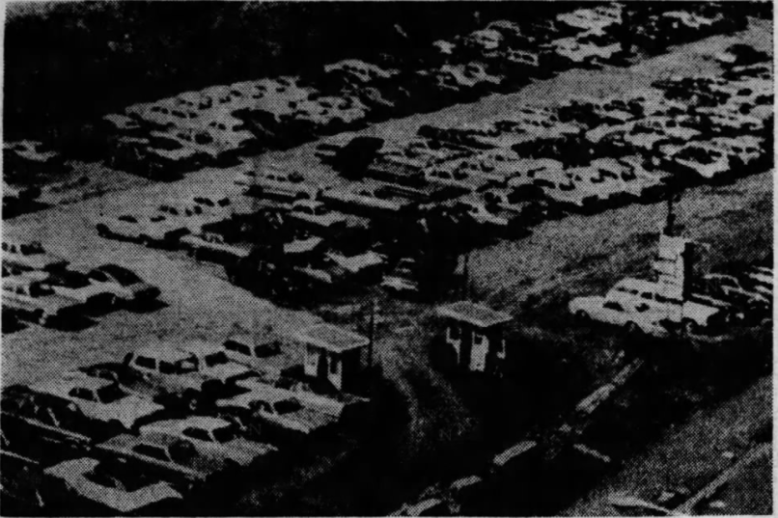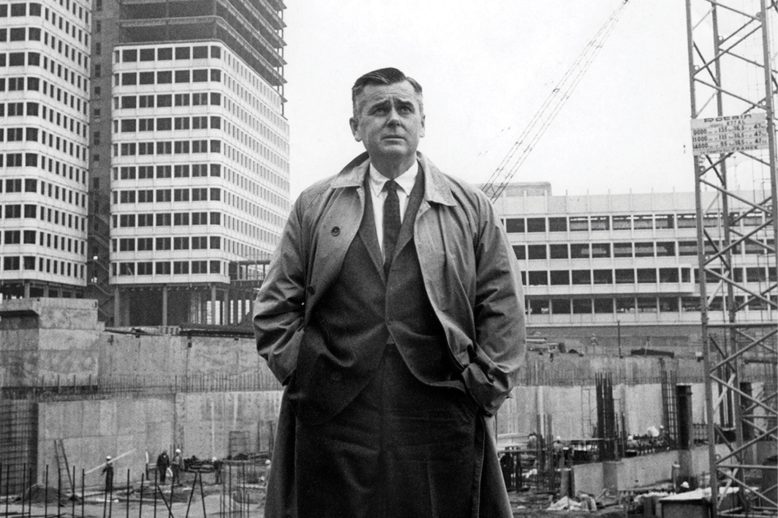Era: New Boston(~1950-1995)
Urban renewal, the taking, Government Center, Charles River Park, highways, bussing
The West End’s Police Station at 74 Joy Street was built in 1863 less than a decade after the formation of the Boston Police Department. It served an important role in the community until 1962, after closing in 1937 and reopening due to public demand. The building now serves as the home of the Beacon Hill Civic Association.
Abbott Lowell Cummings, once the leading expert on early New England architecture, spoke out and took action in response to the indiscriminate clearance of the West End during the urban renewal period.
Executive Director Sebastian Belfanti explains the many answers to a common question: where, geographically, is the West End?
In the late 1950s, the Committee to Save the West End brought residents and political leaders together to vigorously oppose the Boston Redevelopment Authority’s plan to raze 50 acres of the neighborhood.
A report on the population of the West End from the late colonial period through the modern day.
The history of urban renewal in the West End is well-known, and locals are familiar with names of the “last West Enders” who refused to leave their neighborhood. As the aftermath of urban renewal lives with us today, there are a few ways to look at “the last” of the old neighborhood.
Augustus Mantia and his family owned the West End parking lot Staniford Street during the 1960s. Cars parked on an unpaved field where vibrant tenements once stood before their demolition by the Boston Redevelopment Authority in the late 1950s. Public backlash against the Mantias’ monopoly over the lot – with high profits, abnormally low rent, and no competitive bidding process – led the City to close the parking lot in January 1971.
As director of the Boston Redevelopment Authority in the 1960s, Ed Logue was the highly visible face of urban renewal in the period following the destructive and controversial redevelopment of the West End.


